Elon Musk’s Tiny House
Elon Musk, the tech billionaire known for transforming industries like space exploration, energy, and transportation, has now set his sights on housing. With his reputed penchant for innovation, Musk has embraced the concept of tiny houses, stirring up massive interest. His collaboration with Boxabl, a startup specializing in modular homes, has catapulted the concept of prefabricated living into the limelight.
As sustainability and affordability take center stage in modern living discussions, Musk’s Boxabl Casita tiny house represents a forward-thinking approach. This blog delves into everything you need to know about Musk’s tiny house, its impact on the real estate market, and why it’s a harbinger of the future of living.
What is Elon Musk’s Tiny House?
Musk’s tiny house is a 375-square-foot prefab dwelling designed by Boxabl. The model, called Casita, is portable, durable, and engineered for maximum functionality. While it may seem unconventional for a billionaire to live in such a small space, this house exemplifies Musk’s commitment to innovation and sustainability.
Key Features of the Boxabl Casita
The Casita is a foldable, factory-made unit that can be transported on a standard truck. It unfolds into a fully functional home with all the modern amenities needed for comfortable living.
- Living Space: A cozy area for lounging, dining, or working.
- Kitchen: Comes with a refrigerator, stove, sink, and ample storage space.
- Bedroom: Equipped with a double bed and built-in closets.
- Bathroom: Features a walk-in shower, toilet, and vanity.
- Climate Control: Includes heating and cooling systems for year-round comfort.
The materials used are energy-efficient and durable, making the house suitable for various climates and conditions.
Why Did Musk Opt for a Tiny House?
Elon Musk’s decision to live in a $50,000 Boxabl Casita may seem surprising, but it aligns perfectly with his ideals:
1. Minimalism and Focus
Musk has always embraced a minimalist philosophy. Selling his multi-million-dollar mansions and downsizing to a tiny house allowed him to simplify his life and focus on critical ventures like SpaceX and Tesla.
2. Sustainability
As a proponent of renewable energy and sustainable practices, Musk sees tiny homes as a way to minimize his carbon footprint while advocating for environmentally conscious lifestyles.
3. Accessibility and Innovation
By living in a Boxabl Casita, Musk demonstrates that innovative, sustainable housing solutions don’t need to be prohibitively expensive. His choice underscores the viability of prefabricated homes for the masses.
4. Convenience and Portability
Musk’s frequent travel and business demands make the mobility of the Casita ideal. Its portability allows it to be set up near SpaceX’s facilities in Boca Chica, Texas.
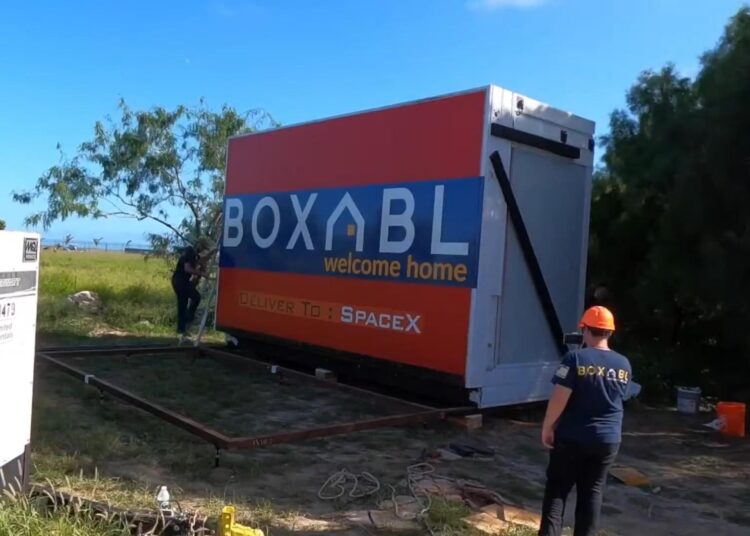
About Boxabl: The Company Behind the Innovation
Boxabl, a Las Vegas-based startup, is revolutionizing the housing industry by creating foldable, factory-built homes. Founded in 2017, the company aims to solve housing affordability and efficiency issues with its innovative designs.
Core Principles of Boxabl
- Mass Production: Homes are manufactured in factories using automation, significantly reducing costs and production time.
- Durability: Made from steel, concrete, and EPS foam, the Casita is designed to withstand harsh weather conditions, including hurricanes and snow.
- Customization: Units can be combined to create larger spaces, offering flexibility for diverse living needs.
- Eco-Friendliness: Boxabl uses sustainable materials and designs to minimize waste during production and optimize energy use.
The Growing Popularity of Tiny Homes
The concept of tiny homes isn’t new, but its popularity has surged in recent years due to rising housing costs, urbanization, and environmental concerns.
Key Drivers of the Tiny Home Movement
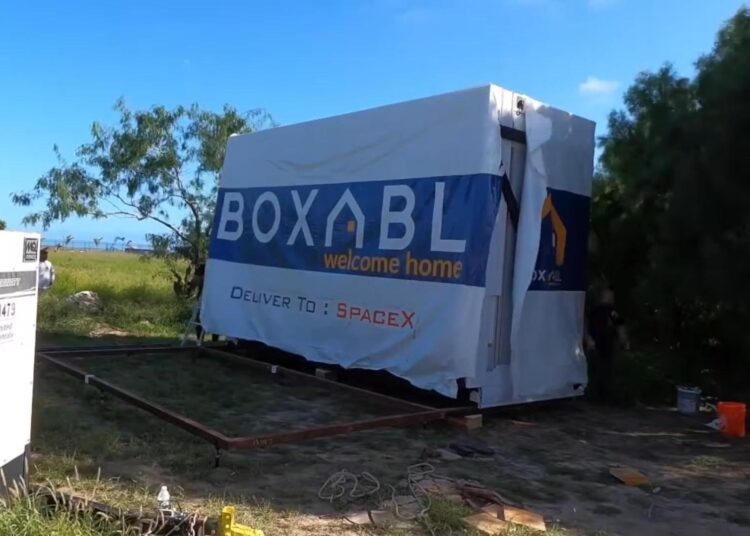
- Affordability: Traditional homes are often out of reach for many buyers, especially in high-demand urban areas. Tiny homes provide a budget-friendly alternative.
- Sustainability: Reduced energy use, smaller building footprints, and renewable energy integration make tiny homes environmentally appealing.
- Flexibility: From vacation homes to permanent residences, tiny houses offer versatile solutions for various needs.
- Changing Lifestyles: More people are prioritizing experiences over possessions, making minimalist living an attractive choice.
Elon Musk’s Influence on the Tiny Home Industry
Elon Musk’s endorsement has brought unparalleled attention to the tiny home industry. Here’s how his involvement is driving change:
1. Mainstream Awareness
Musk’s decision to live in a Boxabl home has sparked widespread interest, elevating the concept of tiny living from niche to mainstream.
2. Validation of Prefab Homes
As a tech entrepreneur, Musk’s backing of Boxabl validates prefabricated housing as a legitimate and innovative solution to global housing issues.
3. Boosting Sustainability Trends
Musk’s advocacy for renewable energy and sustainability aligns with the eco-friendly ethos of tiny homes, inspiring individuals and companies to follow suit.
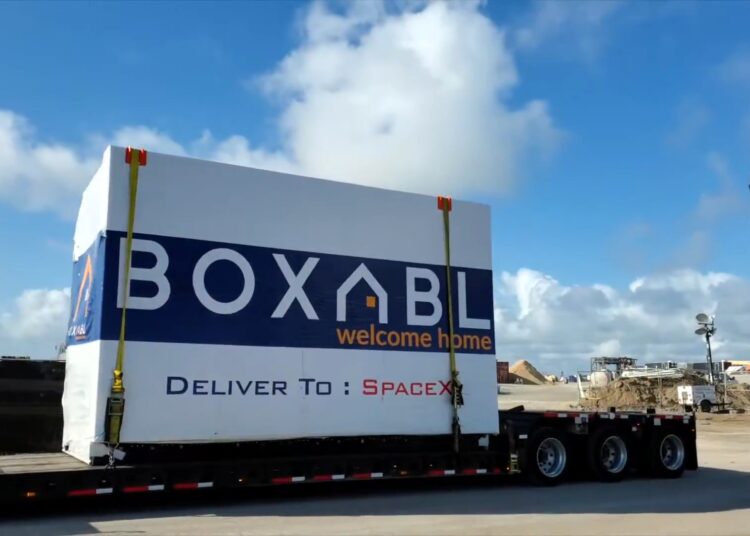
Applications of Tiny Homes Beyond Personal Living
Tiny homes like the Boxabl Casita have diverse applications that extend beyond individual living:
1. Disaster Relief
Prefabricated homes can be rapidly deployed in disaster-stricken areas, providing immediate shelter for affected populations.
2. Affordable Housing Initiatives
Governments and organizations can use tiny homes to address housing shortages and provide affordable living options for low-income families.
3. Remote Workspaces
With the rise of remote work, tiny homes offer an excellent solution for creating dedicated home offices.
4. Vacation Rentals
Compact and cost-effective, tiny houses are ideal for vacation properties, offering a unique experience for travelers.
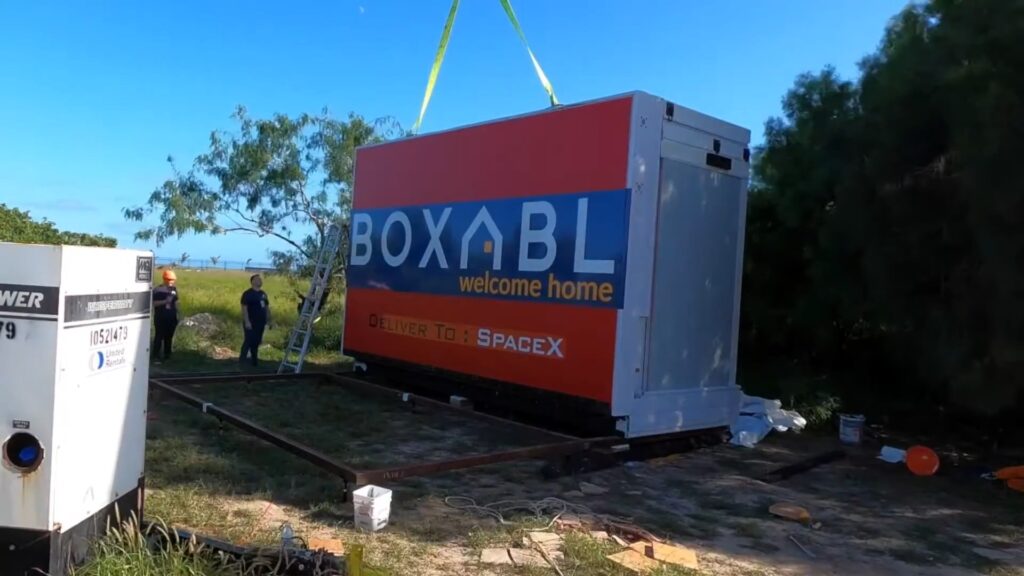
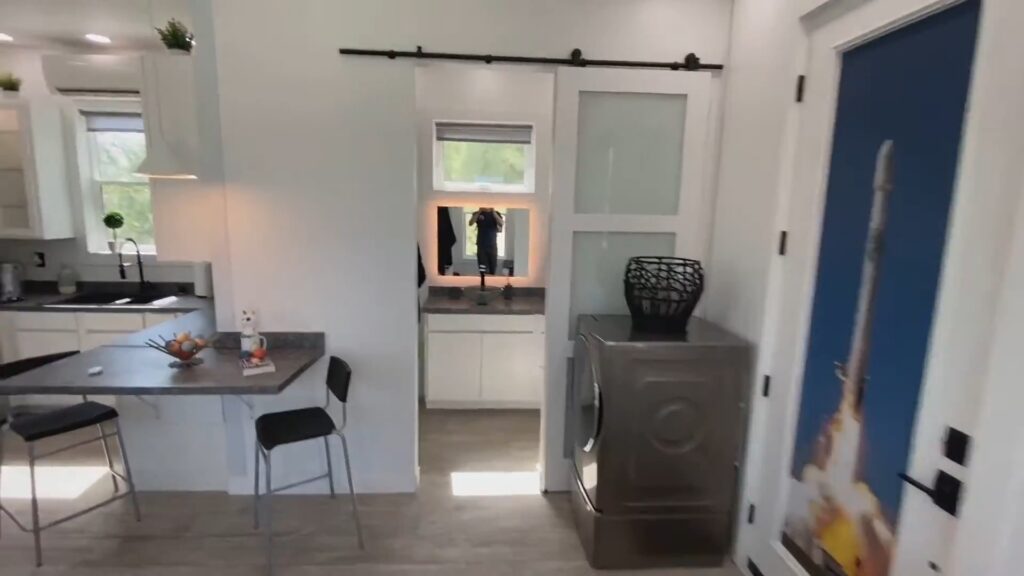
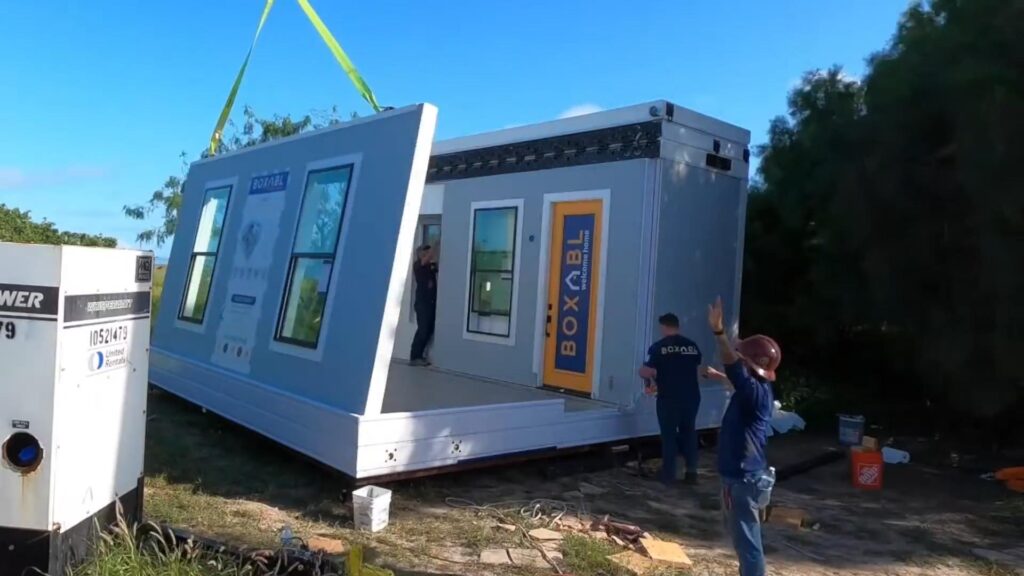
Technological Integration in Tiny Homes
The future of tiny homes will undoubtedly include advanced technology, enhancing convenience and functionality.
1. Smart Home Features
- Automated Climate Control: Systems that adapt to weather and user preferences.
- Voice-Activated Controls: Integration with AI assistants for seamless operation.
- Energy Monitoring: Apps that track and optimize energy usage.
2. Renewable Energy Integration
Homes like the Casita can be equipped with solar panels and batteries, such as Tesla’s Solar Roof and Powerwall, for off-grid living.
3. Modular Upgrades
Future designs may allow for easier expansion, with modules for specific purposes like greenhouses, gyms, or entertainment rooms.
Public Reception and Reviews
The public’s reaction to Musk’s tiny house has been overwhelmingly positive, with many applauding its affordability, sustainability, and innovative design.
Supporters Highlight:
- The affordability of $50,000 as a game-changer in real estate.
- The emphasis on minimalism as a refreshing counterpoint to consumerism.
- Its potential for widespread adoption in tackling housing crises.
Critics Argue:
- Limited space makes it impractical for families.
- Zoning laws in many areas pose barriers to tiny home ownership.
- Skepticism about the scalability of the model for large-scale housing solutions.
Tiny Homes and Space Exploration
Interestingly, the principles behind Musk’s tiny house also tie into his vision for space colonization. Compact, efficient living spaces are critical for establishing habitats on Mars or the Moon. Technologies developed for prefabricated homes could be adapted for extraterrestrial environments, further connecting tiny homes to Musk’s broader ambitions.
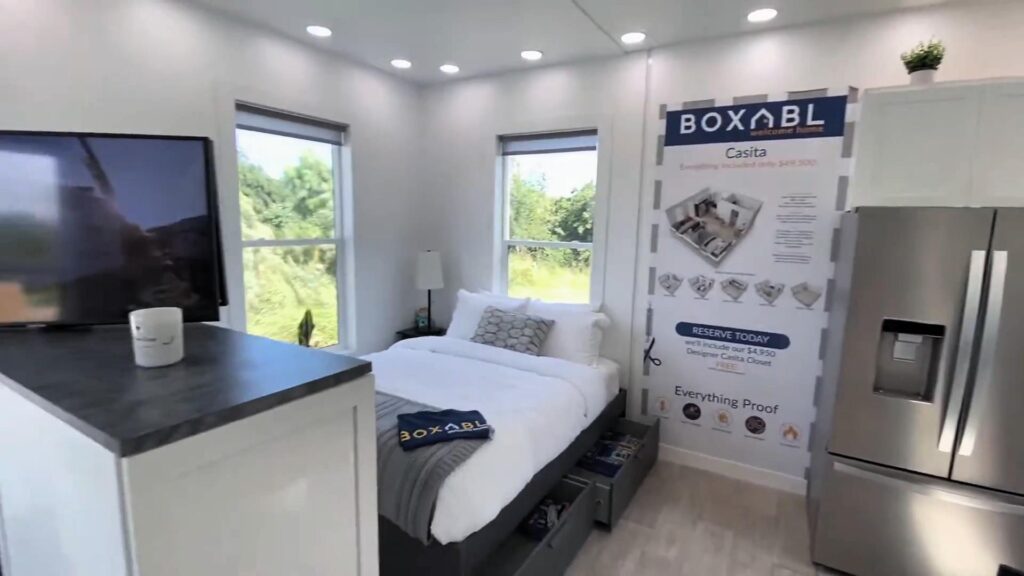
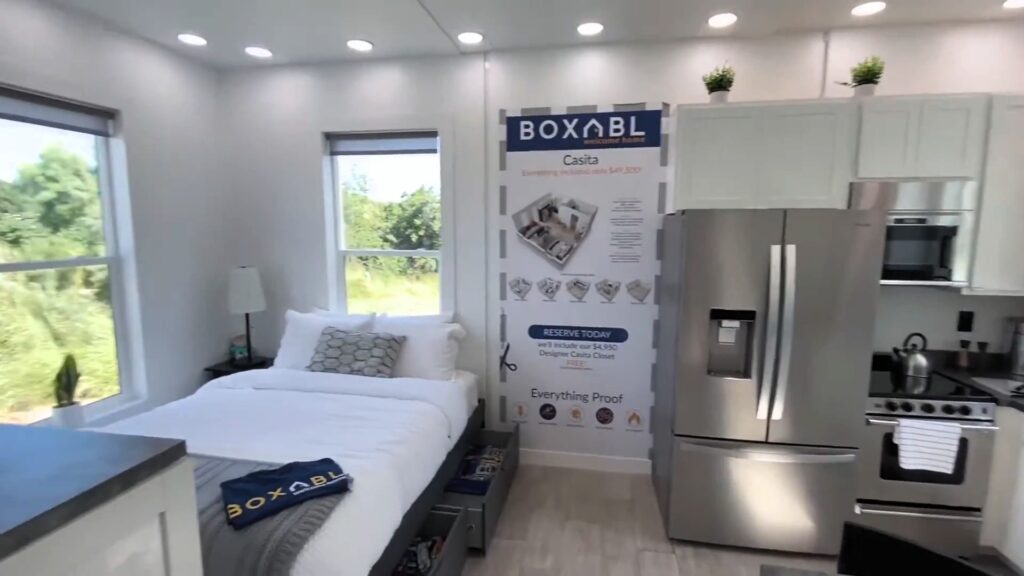
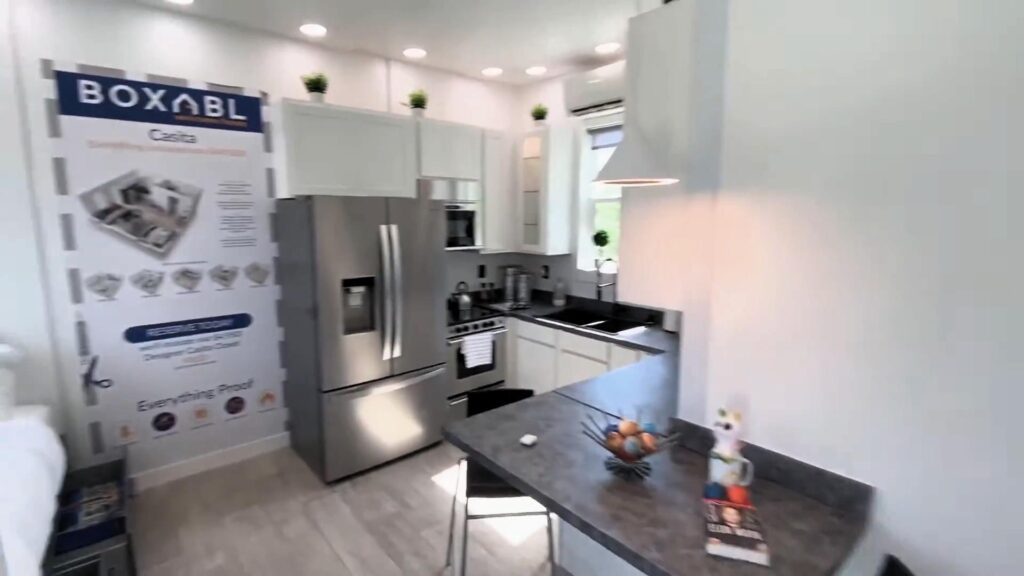
Comparison: Musk’s Tiny House vs. Traditional Housing
| Aspect | Musk’s Tiny House | Traditional Housing |
|---|---|---|
| Cost | $50,000 | $300,000+ |
| Size | 375 sq. ft. | 1,500 sq. ft. or more |
| Construction Time | Few weeks (prefab) | Several months to years |
| Environmental Impact | Minimal | High |
| Mobility | Portable | Fixed |
| Utility Efficiency | High | Moderate to Low |
This table highlights the stark differences and advantages of Musk’s tiny house over traditional housing options.
The Future of Tiny Living
Elon Musk’s tiny house is more than a personal choice; it’s a bold statement about the future of housing. As urbanization accelerates and environmental concerns grow, tiny homes present a viable solution for sustainable, cost-effective living.
What Lies Ahead?
- Mass Adoption: As production scales up, tiny homes could become a norm, especially in urban areas.
- Policy Changes: Governments may need to revise zoning and building codes to accommodate the growing interest in tiny homes.
- Advanced Designs: Future iterations of tiny homes could include smart furniture, automated systems, and even AI integration to optimize living space.
Final Conclusion: A Visionary Step Towards Change
Elon Musk’s tiny house is a perfect embodiment of innovation, sustainability, and simplicity. It challenges conventional norms about how we live and paves the way for a future where housing is accessible, environmentally friendly, and technologically advanced.
As more people consider downsizing and embracing minimalism, the tiny home movement,























